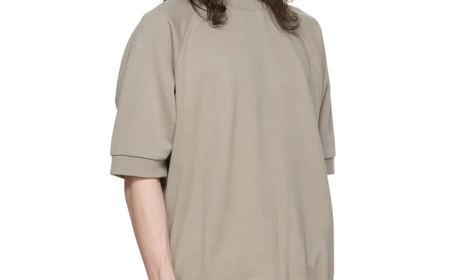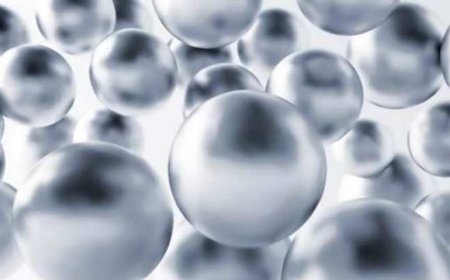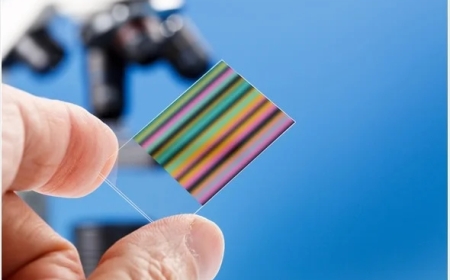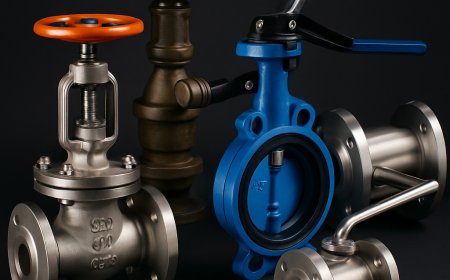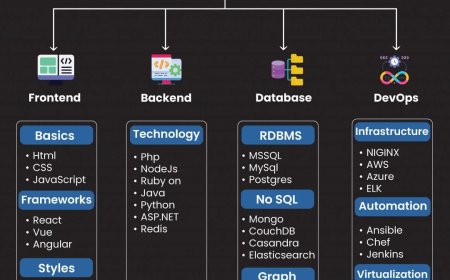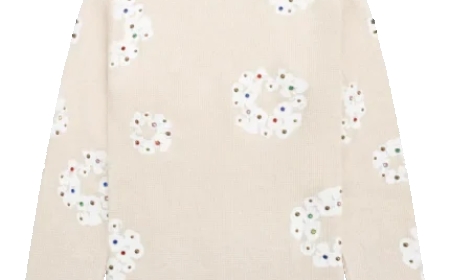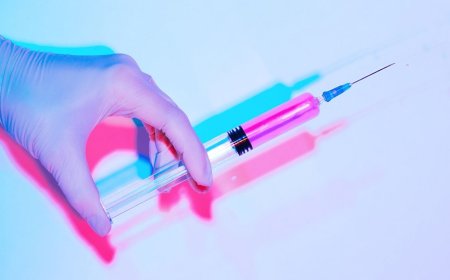Lamination Types to Use with Custom Hot Paper
Find out the top lamination choices on a custom hot paper lamination specifically designed to withstand heat, grease, and branding.

In the case of food-safe packaging, custom hot paper is an important aspect of keeping food items fresh, attractive, and safe to handle. You can find this specially treated paper in restaurants, bakeries, fast food businesses, etc., where they usually wrap hot sandwiches, pastries, burgers, etc.
The difference between it and regular paper is that it can resist heat, grease, and moisture, which is made possible by the different types of lamination. This paper delves into the best lamination to use in custom hot paper, guiding business owners to select the ideal finish due to durability, performance, and branding.
Polyethylene (PE) Lamination
One of the most popular techniques of the wholesale custom hot paper production is polyethylene lamination. It is a heat-sealable, grease-resistant, and moisture-barrier layer made of plastic, which is suitable for wrapping greasy or hot food. PE-laminated paper can keep its structure even in high temperatures, and it is popular to make products such as a hot wrap or grilled sandwich. It is an affordable option to companies that require a material that will last long without compromising on functionality.
Wax Coating Layer
Wax lamination is a well-proven solution for tailor-made wax paper packaging. It is a process in which a thin coating of food-safe wax is applied to the paper, providing great grease resistance and flexibility. It especially complements bakery goods or slightly greasy foods such as croissants and hot dogs. Custom hot paper is also wax-coated and has a smooth and glossy surface, which makes it custom printing. It is, however, not as heat resistant as the plastic laminates and would be more ideal in applications where moderate heat is involved.
Polypropylene (PP) Film
Custom printed hot paper can be laminated with a clear, strong, and safe-to-food polypropylene film. It has high resistance to moisture, steam, and tearing, making it ideal in packaging hot foods such as paninis, fries, and fast-food meals. In comparison to PE, PP film is more heat stable because of its higher melting point. This turns it into a high-end choice of high-performance food wraps and gives it a professional and glossy look that upgrades the brand image.
Silicone Coating Alternative
Silicone lamination makes a high-heat application perfect. Silicone coatings are non-stick and heat resistant and are often used in custom hot paper to wrap foods such as grilled sandwiches and fried snacks. This alternative prevents the sticking of food to the paper, thereby enhancing the experience of the customer and the appearance of the food. Silicone lamination, although a little more costly, is commonly applied in gourmet packaging or brands that emphasize high performance and image.
Dual-Side Lamination
Dual-sided lamination is a tough competitor to those businesses that require additional protection. In this process, protective coatings are applied to both sides of the paper and provide resistance to oil penetration and condensation. It is particularly handy in wholesale custom hot paper used in deliveries or takeaway foods, where dampness on both sides (internal and external) is an issue of concern. Dual lamination is also able to keep the structural integrity of the wrap during transportation.
Foil Lamination Layer
Where a high standard of heat retention is required, foil-laminated paper may be used. In this technique, a thin aluminum foil is attached to the paper, which makes it reflective and insulating. Typically used in custom wax paper packaging hot breakfast sandwiches and wraps, this form of lamination is very good at keeping products hot as well as giving them a nice metallic look. It would be perfect with specialty foods or high-end packaging that requires both functionality and aesthetic quality.
Biodegradable Coating Alternatives
As the issue of sustainability becomes more mainstream, biodegradable lamination is becoming more popular in custom-printed hot paper packaging. These coatings consist of vegetal polymers that are naturally biodegradable, thus offering an environmentally friendly alternative to plastic-based laminates. They are not as heat-resistant as their synthetic counterparts, but they may be used with foods that are moderately hot and can bear brands that are seeking to become environmentally responsible.
Anti-Grease Barrier Film
The greaseproof coating is a thin, transparent film used on the paper to resist oil and fats. This lamination is often used together with branding, and it is effective on custom freezer paper used in packaging fried foods. Anti-grease lamination also makes the outside surface clean and dry, unlike wax or foil, to enhance handling and customer satisfaction. It is an intelligent idea in the business, which places emphasis on presentation and is concerned with packaging that remains tidy during the meal.
Conclusion
When picking a type of lamination on custom hot paper, it is important to consider performance, cost, sustainability, and brand image. PE lamination, biodegradable coating, or the luxurious appearance of foil, whichever solution is chosen, it will contain distinct benefits that will suit precise food applications. This knowledge of the characteristics of these types of lamination assists companies in choosing the most suitable one in regard to the specifics of their work and customer demands. The ever-increasing demand for innovation in lamination assures that the food packaging functions as good as it looks.



